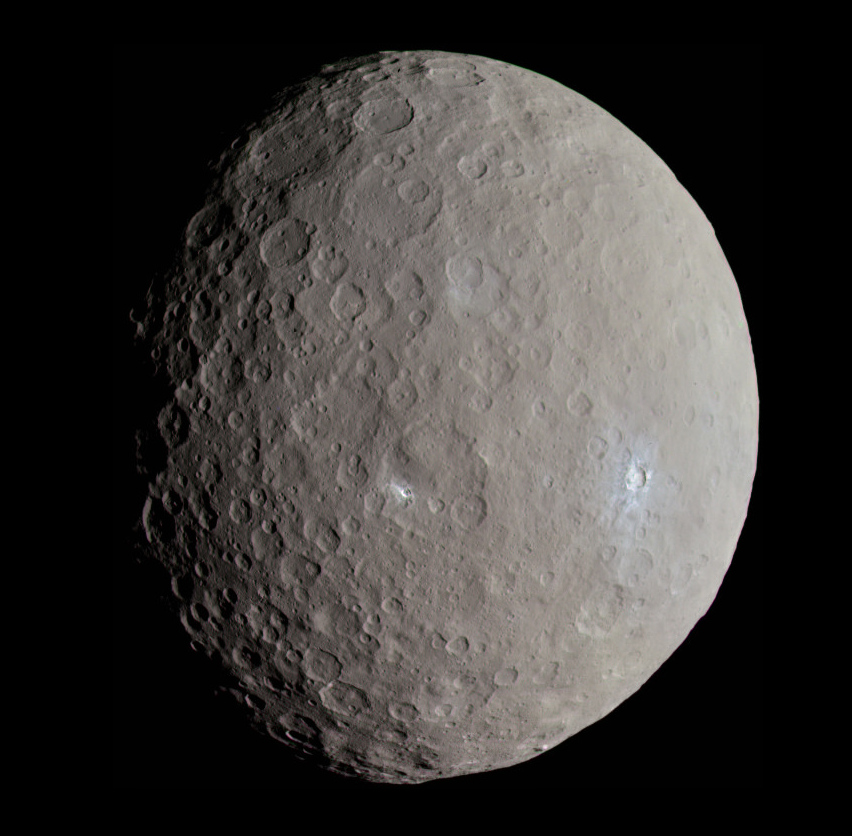
This week in 1801, astronomer-priest Giuseppe Piazzi discovered a new astronomical body between the orbits of Mars and Jupiter. He named it Ceres Ferdinandea. Ceres was the ancient Roman goddess of agriculture and motherhood – the Latin version of the Greeks’ Demeter, mother of Hades’ wife Persephone. So in choosing Ceres, Piazzi followed tradition: naming astronomical bodies after Roman gods (e.g., Venus, Jupiter, Saturn). In choosing Ferdinandea, however, Piazzi departed from tradition. The name honored Ferdinand III, king of Piazzi’s homeland, Sicily – who was also Ferdinand IV of Naples. The astronomers of other nations declined to honor King Ferdinand, so only the name Ceres stuck. Piazzi originally reported Ceres as a comet, but he suspected it was a planet, and other astronomers soon agreed. By the 1850’s, however, star-watchers had discovered many other small astronomical bodies orbiting between Jupiter and Mars, and they coined a new terms for the whole group: asteroids. Ceres has been considered an asteroid ever since. But Ceres stands out from its crowd, since it’s the biggest asteroid and the only one to be rounded (globe-shaped), due to its own gravity. As a result, Ceres’ status changed again in 2006, when astronomers demoted Pluto from planet status and created a new category: dwarf planet. Dwarf planets are globe-shaped bodies that don’t orbit a planet – they’re not moons – but that have not cleared their orbit of other objects, the way full planets do. Pluto’s demotion outraged many astronomy fans, but Ceres had been promoted. Today, it’s the only object classified as both an asteroid and a dwarf planet.
Photo by Justin Cowart, used with permission under CC BY 2.0

0 Comments